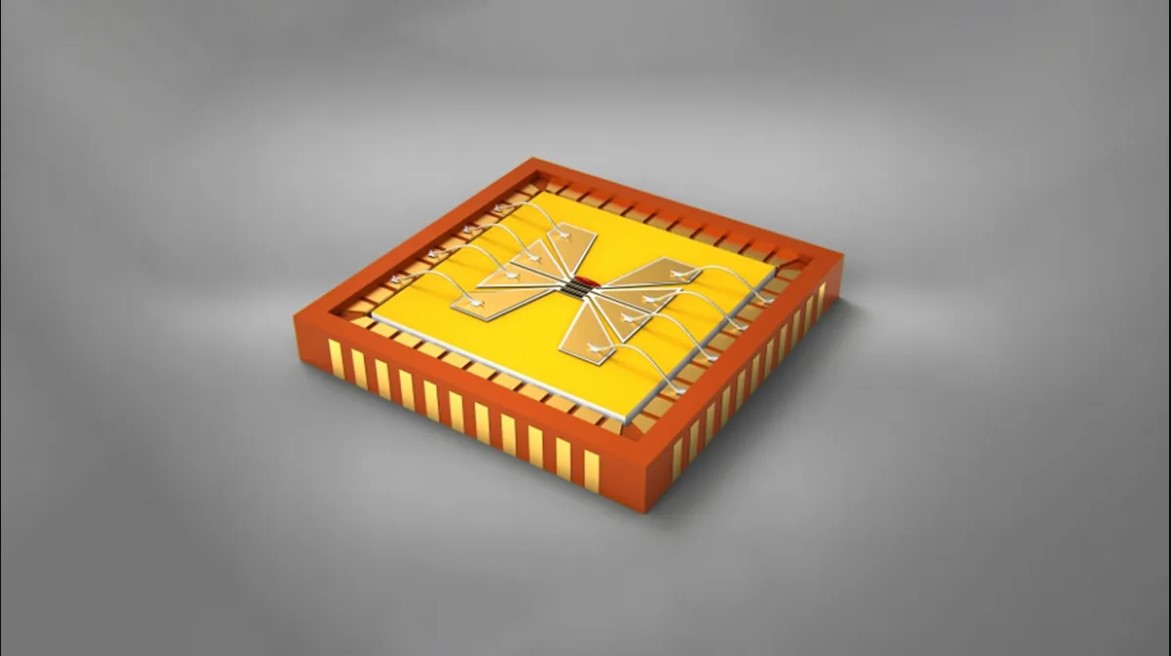Next-generation display may be cheaper and higher performance by “metasurface”

Researchers at the University of Nottingham Trent in the UK, the Australian National University (ANU), and the University of Canberra (UNSW) have made significant progress leading to the dawn of a ‘new era’ of thinner, higher resolution, and more energy efficient screens and electronics. announced the development of a new technology called ” Metasurface Pixels “.
“The performance of traditional displays has reached its peak and is unlikely to improve significantly in the future due to multiple limitations. Today, fully solid-state flat display technologies with high resolution and fast refresh rates are being explored. We have designed and developed metasurface pixels that are ideal for next-generation displays. Unlike liquid crystals, our pixels do not require polarized light to function, thus halving the screen’s energy consumption. Yes,” said Dragomir Neshev, director of the ARC Center for Excellence in Transformative Meta-Optical Systems (TMOS) and professor of physics at the Australian National University, in a press release.

(Credit: Khosro Zangeneh Kamali)
A metamaterial is a pseudo-material that artificially manipulates the electromagnetic (light) properties of a substance using a structure that is finer than the wavelength of electromagnetic waves (light). , is called a ” metasurface”.
The research team designed a ‘metasurface’ that could offer superior performance and multiple advantages over LCDs and LEDs. Metasurfaces are 100 times thinner than liquid crystal cells, have “10 times” higher resolution and consume 50% less power.
To control individual pixels with high modulation depth, the proof-of-concept platform uses a transparent conductive oxide as an electrically driven heater and a silicon metal layer 100 times thinner than a liquid crystal cell and 200 times thinner than a human hair. It is reported that the optical properties of surface cells can be changed rapidly. With this technology, the response time is less than one millisecond, which is more than 10 times faster than the detection limit of the human eye.
“The most important metrics for a flat-panel display are pixel size and resolution, weight, and power consumption. We addressed all of these with our meta-display concept,” said Nottingham Trent, principal researcher. University engineering professor Mohsen Rahmani said.

Researchers believe the technology’s greatest advantage is the significant reduction in power consumption. “This is great news, given the number of monitors and televisions used every day in homes and businesses. I think it’s time to phase it out,” Rahmani said.
“The pixels are made of silicon, which offers a long lifetime as opposed to the organic materials required by existing alternatives. Moreover, silicon is widely available and compatible with the mature technology CMOS. It’s more flexible and cheaper to manufacture, ” says Andrey Miroshnichenko, principal investigator of the Nanophotonics team at UNSW Canberra, highlighting the technology’s superiority.
Another big advantage would be that the metasurface array could effectively replace the liquid crystal layer in today’s displays, so manufacturers wouldn’t have to invest in an entirely new production line to produce the panels.
The researchers hope to have a large-scale prototype within the next five years, along with producing high-definition images. Once that happens, the technology could be built into flat screens and made available to the public within a decade.
Dr. Lei Xu, a team member at Nottingham Trent University, said, “There is a lot of room for further improvement by employing artificial intelligence and machine learning techniques to design and realize even smaller, thinner, and more efficient metasurface displays. There is.”
Research abstract
In recent decades, metasurfaces have attracted attention due to their extraordinary light-scattering properties. However, their inherently static geometry is an obstacle for many applications where the dynamic tuning of their optical behavior is required. Dynamic tuning of metasurface properties is currently sought, especially for fast tuning speeds, large modulations with small electrical signals, solid-state states, and multi-pixel programmability. We have realized an electrically tunable metasurface on silicon by thermo-optical effect and flash heating. We achieved a transmittance change of 9 times and a modulation rise time of 625 µs or less at a bias voltage of 5 V or less. The device consists of a silicon hole-array metasurface encapsulated with a transparent conductive oxide as a localized heater. This device enables the optical switching of video frame rates across multiple electrically programmable pixels. Compared to other methods, the proposed tuning method applies to modulation in the visible and near-infrared regions, has a large modulation depth, works in the transmission region, has a small optical loss, and has a low input voltage. advantages include the ability to operate at switching speeds higher than the video rate. Additionally, the device is compatible with the latest electronic display technologies and is ideal for personal electronics such as flat displays, virtual reality holography, and light detection and ranging where fast, solid-state, transparent optical switches are required. It is considered to be



